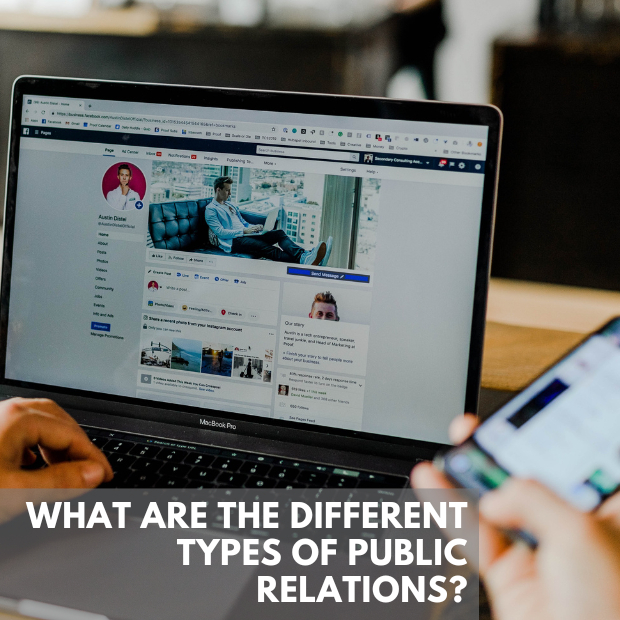
What Are The Different Types of Public Relations?
Why Is Public Relations Important?
Public relations is crucial for maintaining a positive relationship with stakeholders, target audiences, and the broader public. It helps companies manage unfavorable perceptions and protect their reputation in society, making it an indispensable tool in the modern business world.
Exploring the Types of Public Relations
There are several types of public relations, each serving unique purposes and utilizing different strategies. Here’s a detailed look at seven common types:
1. Media Relations
Media relations involve building and maintaining relationships with media professionals like journalists, editors, and broadcasters. Effective media relations strategies include crafting compelling press releases, securing interviews, and organizing press conferences to gain favorable coverage and promote your business, product, or breaking news at no cost.
2. Strategic Communications
Strategic communications focus on developing and distributing information to achieve specific objectives. This type of PR is used to promote causes, services, or products and is distinguished by its use of non-traditional methods beyond media and crisis communications to influence public opinion and engage with key audiences.
3. Community PR
Community PR aims to enhance interactions between your company and the local community through outreach and engagement initiatives. This type of PR emphasizes organizational transparency and responsiveness to community needs, building strong relationships and contributing to societal well-being.
4. Crisis Communications
Crisis communications come into play during emergencies to protect individuals, brands, or organizations from reputation damage. Effective crisis communication strategies involve managing the narrative during crises to provide accurate and timely information to the public.
5. Internal PR
Internal PR focuses on communication within an organization to ensure all members are informed about company messaging, internal affairs, and upcoming product launches. This is crucial for maintaining a unified approach during external crises.
6. Public Affairs
Public affairs involve managing relationships with influential figures to impact consumer opinions or governmental policies. This type of PR is essential for industries that significantly impact the public, helping organizations gain influence and support for their policy objectives.
7. Social Media PR
Social media PR utilizes platforms like Facebook, Twitter, and Instagram to promote products and share company news instantly worldwide. This form of PR enhances brand recognition, credibility, and customer engagement by interacting directly with the target audience.
Conclusion: Leveraging PR for Business Success
Effective utilization of public relations can significantly enhance your company’s or brand’s reputation. By increasing visibility and fostering trust, public relations plays a critical role in building and maintaining a strong connection with the general public. Start leveraging the power of PR today to transform your business’s approach to communication and stakeholder engagement. For more insights and assistance on implementing effective PR strategies, contact us or visit our website. Let’s elevate your public relations efforts together!









